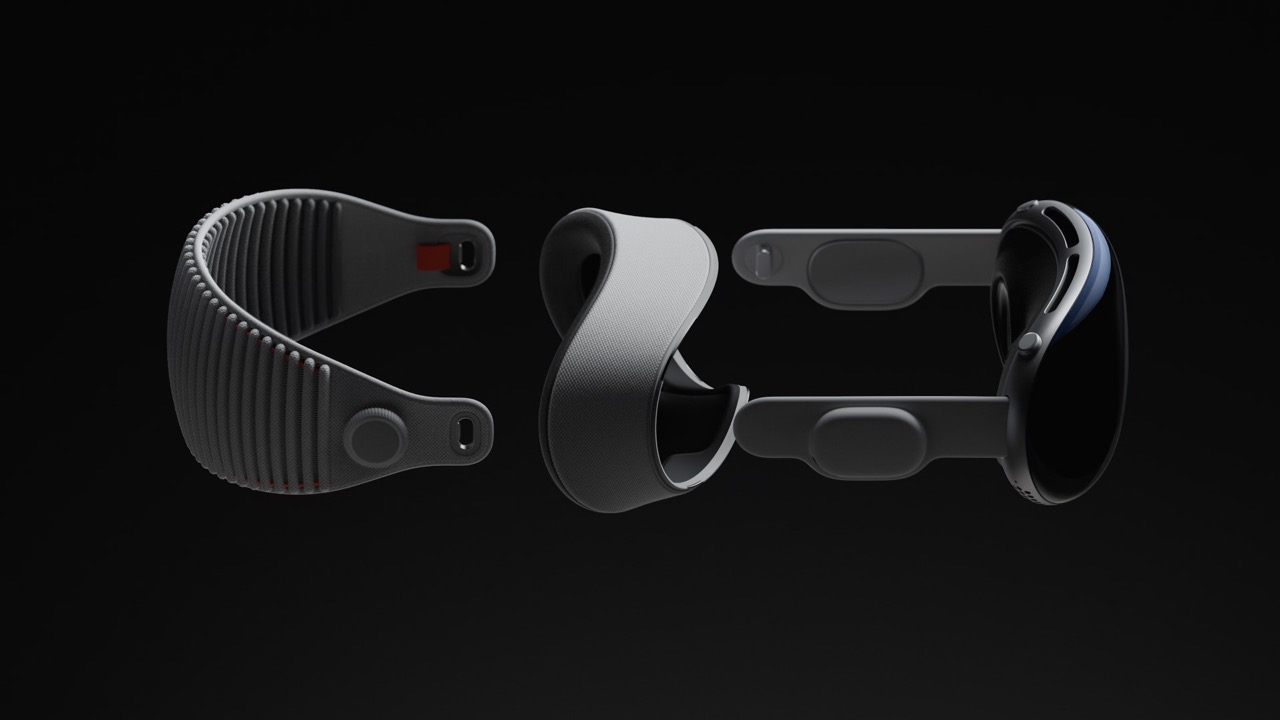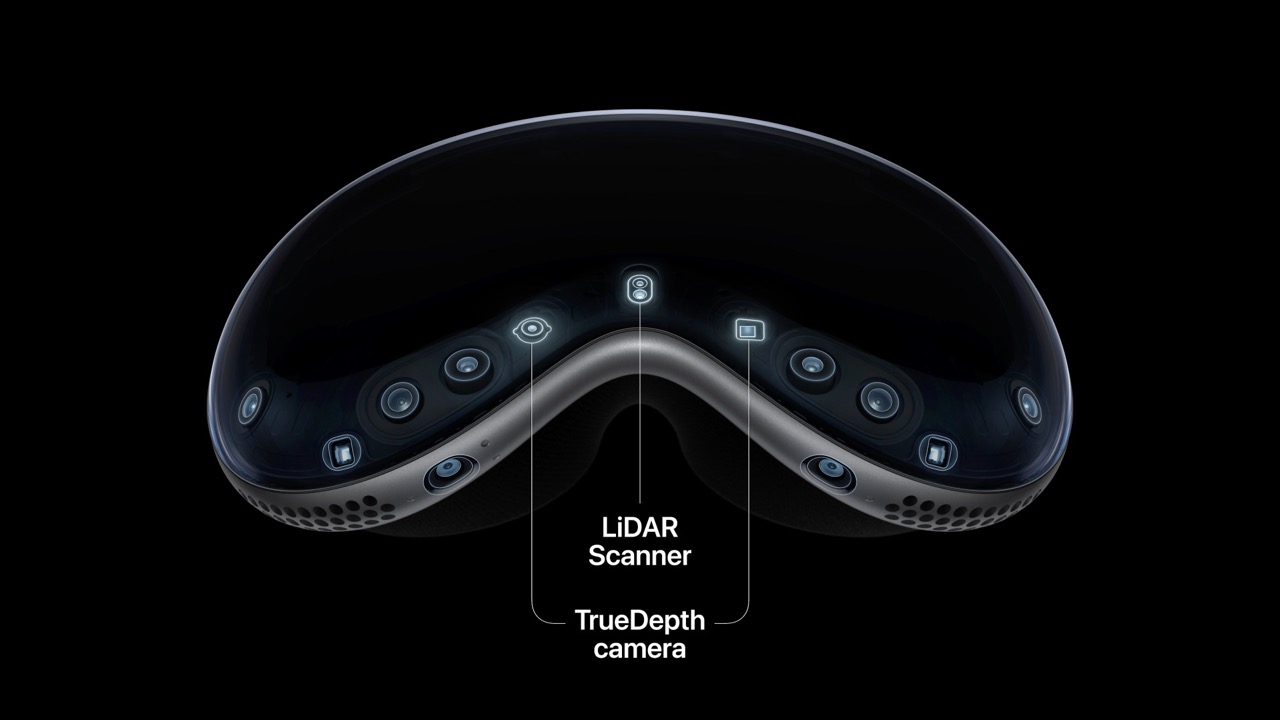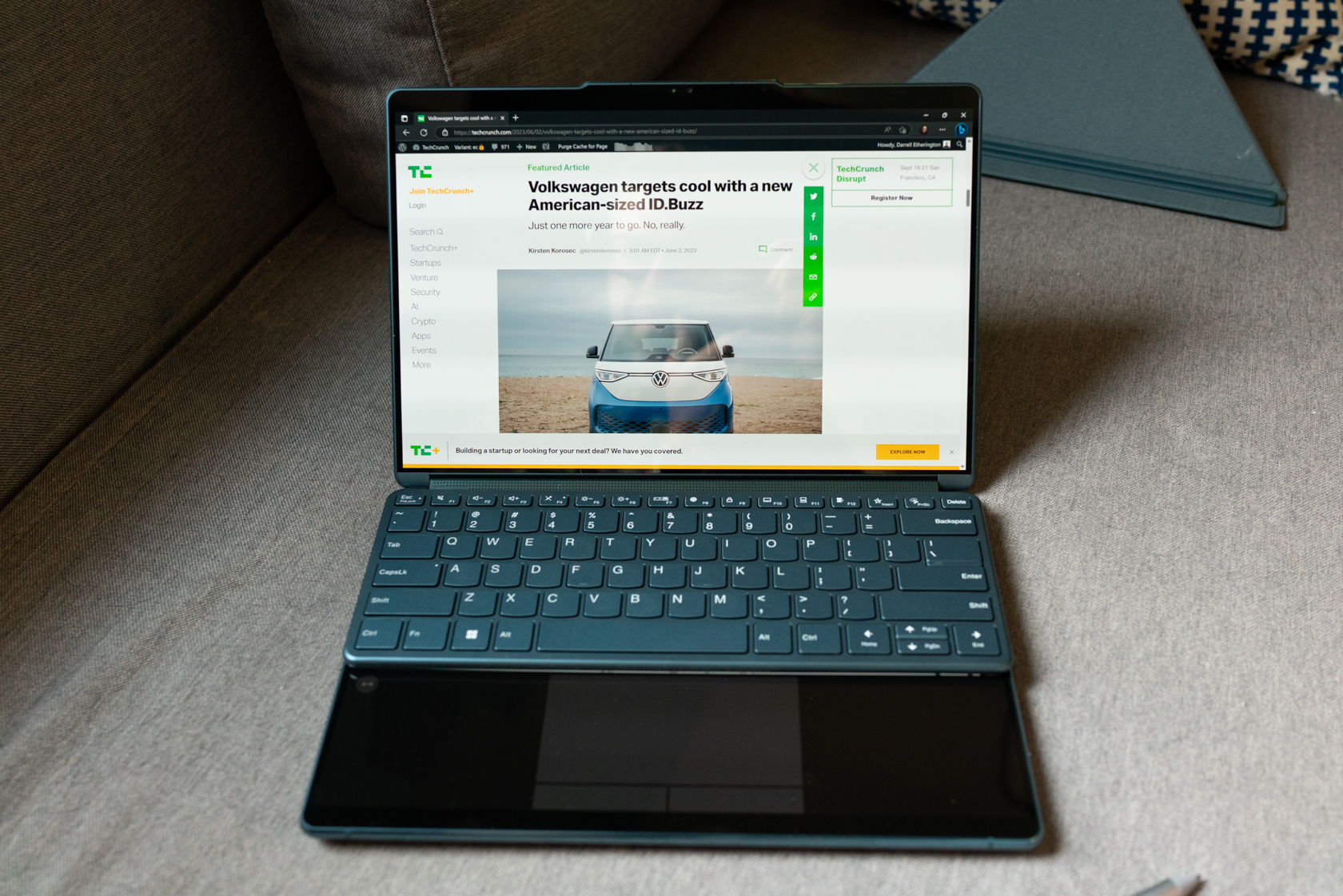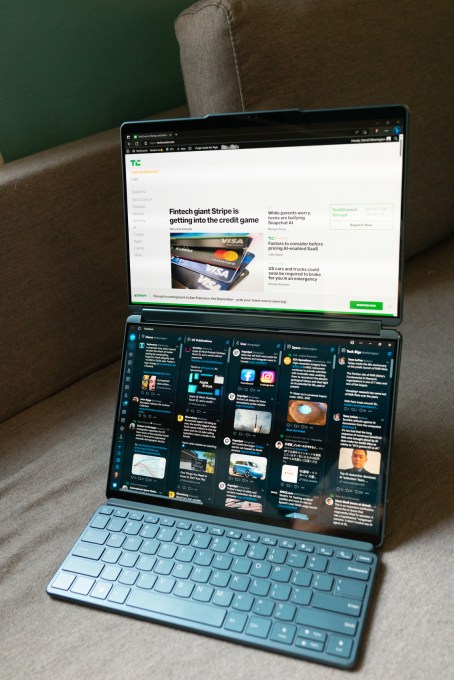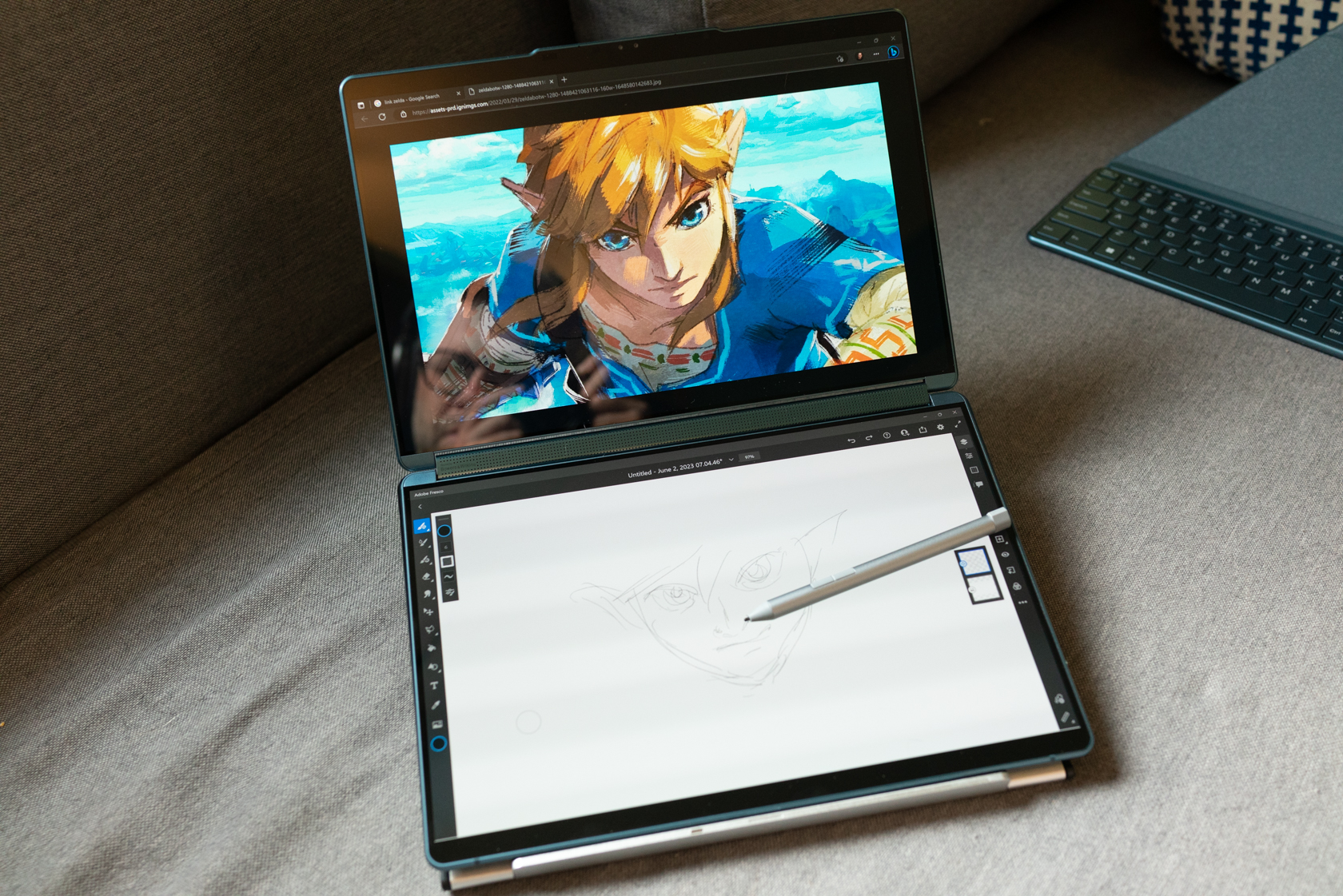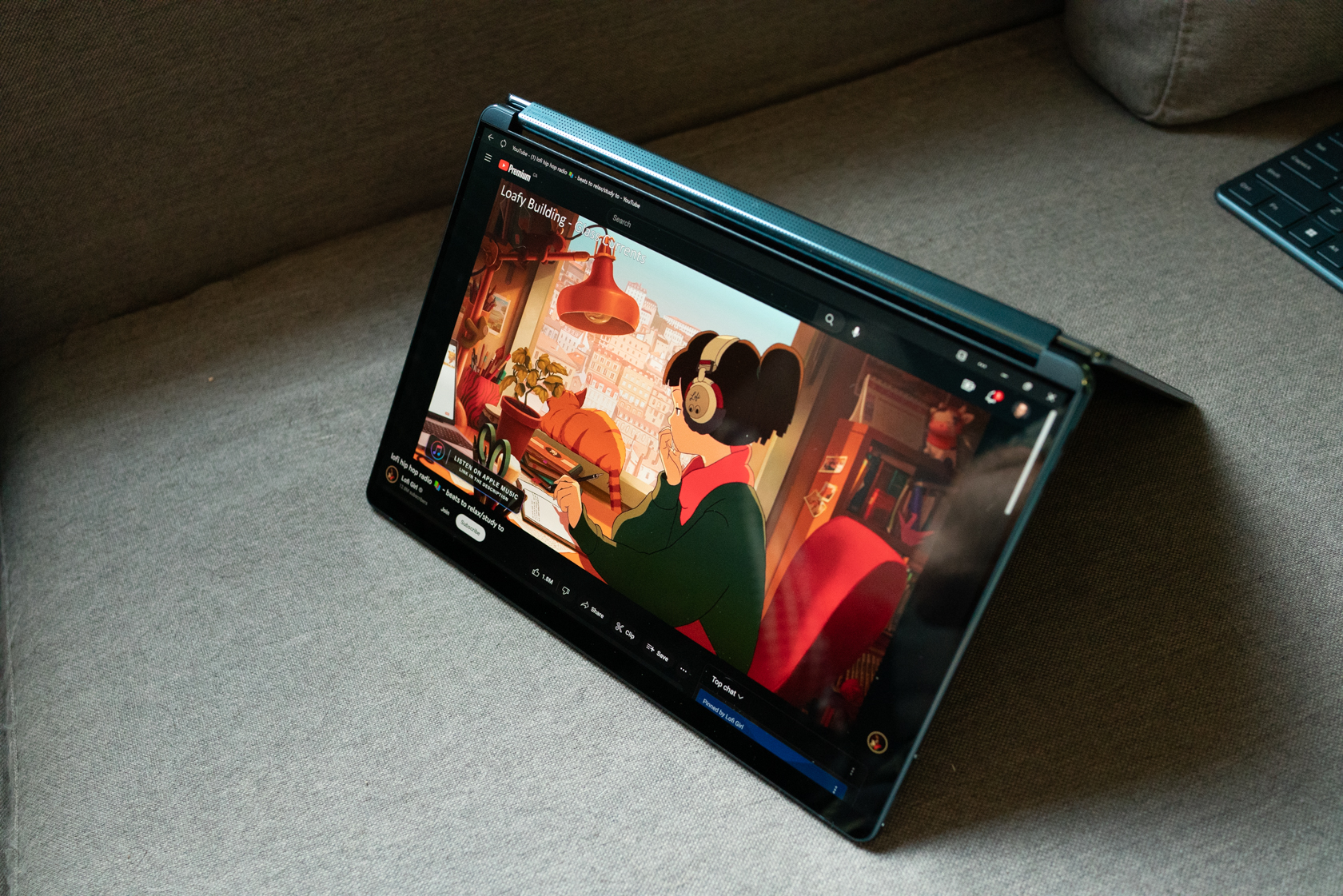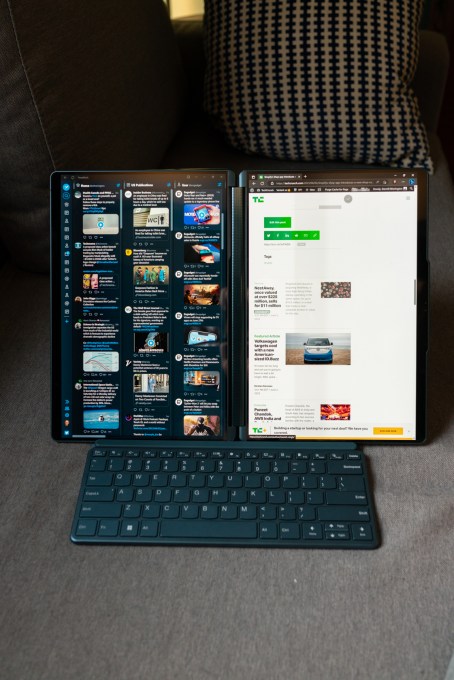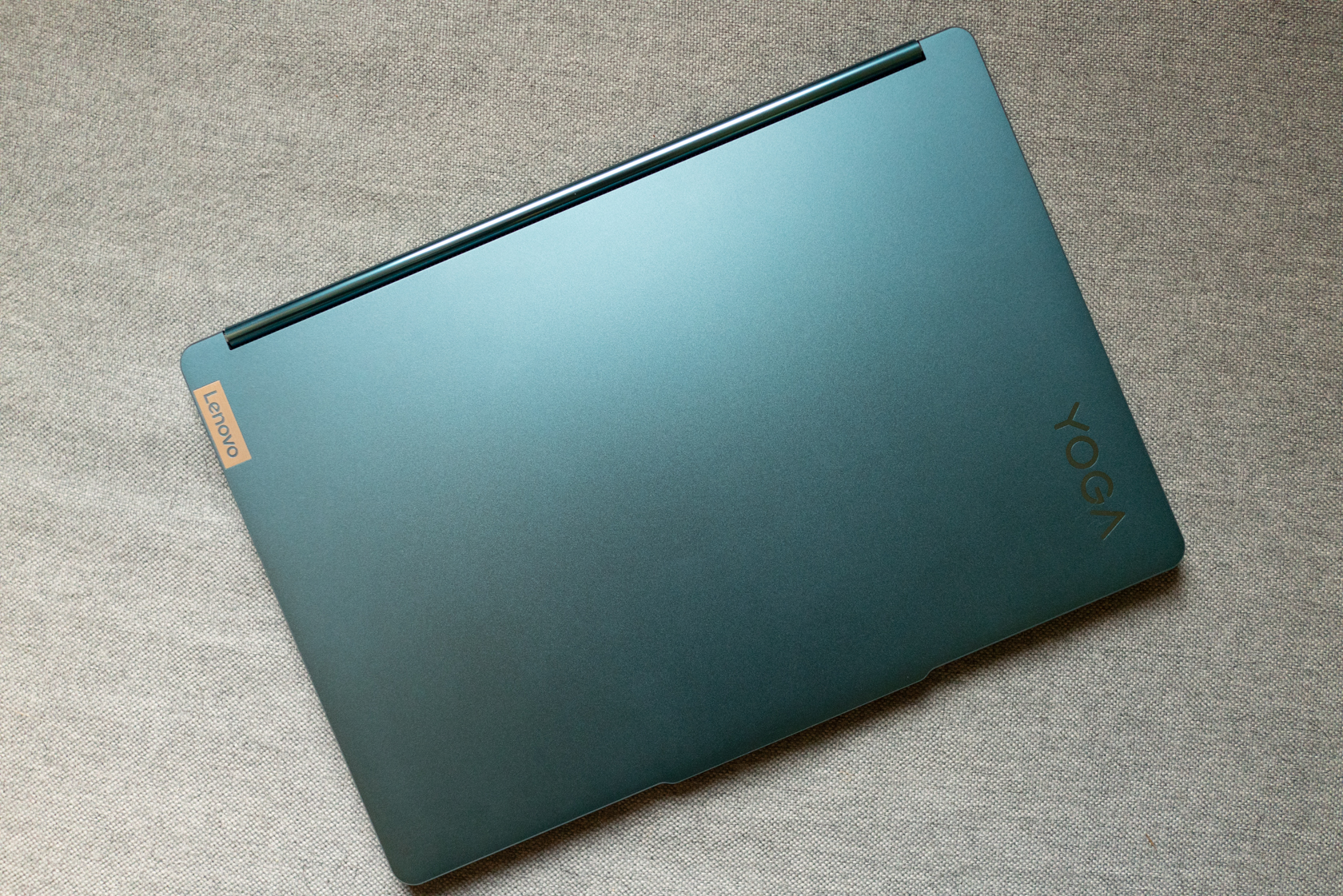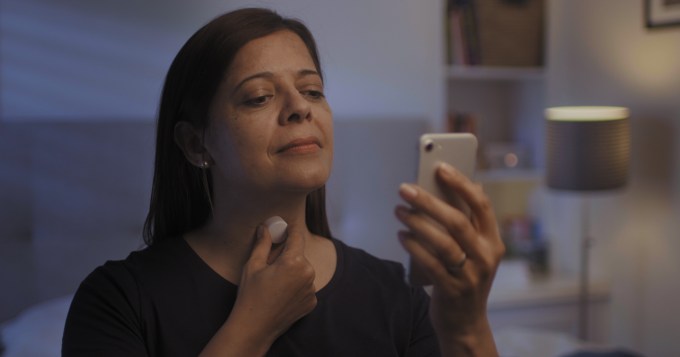Dutch social enterprise Fairphone is best known for its mission to build ethical smartphones via a brand that promises fairer wages for supply chain workers and design choices that encourage consumers to cherish and repair the hardware rather than toss last year’s model thanks to modularity and a web shop selling replacement (and upgradeable) spare parts.
Today it’s taking the leap into a new device category — applying the same principled approach to shipping the most sustainable and fair consumer electronics it can, within limits imposed by wider industry practices which set the availability (and compatibility) of electronics components, to a pair of its own-design, over-ear Bluetooth headphones. The latest repairable Fairphone product is called Fairbuds XL.
Confusingly, Fairbuds XL are very much not (in-ear) earbuds. So the choice of name is evidently a bit of a pun. Fairphone tells TechCrunch there was hot debate internally over what to call the headphones. We can only imagine what other options were toyed with and rejected. But, clearly, naming a pair of over-ear headphones “buds” will cause some to howl in disbelief. Still, at least they sidestepped the obvious (yet alluring) pitfall of calling the cans Fairphones (see what we did there!). The final name choice was favored for being “unique”, as they tell it.
The Fairbuds XL are available to buy through Fairphone’s website (and select retailers) from today — retailing for €249 in the EU. (As with the company’s smartphones they’re mostly only shipping to Europe at present so US readers are out of luck, or else will have to find their own creative shipping solution.)
The repairable headphones come in a choice of two colors: Speckled black (pictured above); or speckled green with some snazzy orange detailing (shown in non-exploded view below):
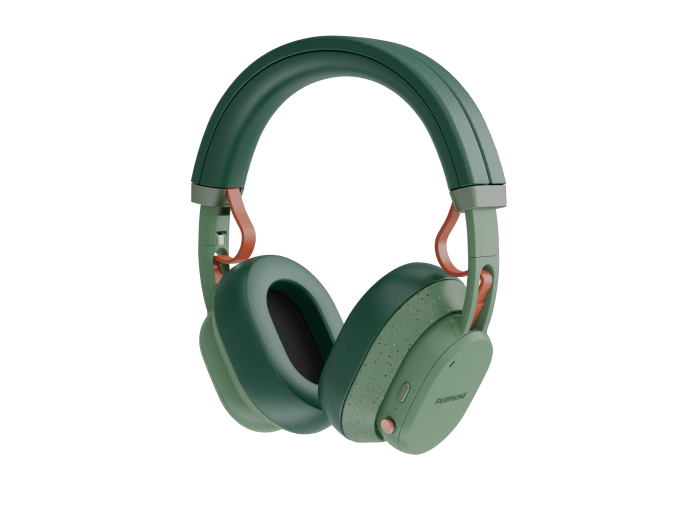
Image credits: Fairphone
Fairphone is remaining tight lipped on projections of how many pairs of headphones it expects to ship. And clearly it’s taking a bit of a leap here.
That said, fans of the company may have noticed it does already sell a pair of wireless earbuds (with the more vanilla name of “True Wireless Stereo Earbuds“), so it has been dabbling in the audio accessory space for a while. However Fairbuds XL represent a new category for the device maker, according to Fairphone’s head of product management, Miquel Ballester, and audio product manager, Bob van Iersel, a more recent addition to the team. This is because — unlike with the (actually) earbuds it sells — they’re not working with off-the-shelf components for the over-ear ‘phones. Rather they’ve designed this new audio product from scratch themselves. And designed the headphones to be easily dissembled for repairability.
As with Fairphone’s eponymous (screwdriver-friendly) smartphones, Fairbuds XL are comprised of modular parts that connect up to support ease of repair and promote function longevity — furthering the core mission of shipping more sustainable electronics (vs the built-in-obsolescence industry modus operandi that quickly leads to heaps of environmentally unfriendly e-waste).
“The level of modularity is similar or even more than the phones,” says Ballester, discussing Fairbuds XL in an interview with TechCrunch. “All the [replaceable] parts will be available on the website. And [there are] more specific components that we’ve also designed to be easy to replace — those specific small parts we will not be offering at the beginning on our website. Later, based on need, and what we see on the market, we might want to make all these other parts available.”
“The headphones are built up out of nine modules slash spare parts,” continues van Iersel. “Some of these parts are really relatively simple mechanical parts. Think about the ear cushions, the headband, the hinges. And there are also more complex parts — like the right speaker module which also has the buttons, the Bluetooth chipset and whatnot. So that’s the more comprehensive spare part.
“But in theory, all of them are replaceable. So there is not one single part that defines what the base of the headphones is, let’s say. So even if your Bluetooth module breaks down for whatever reason it’s not the case that you can’t use all the other ones — it’s easy to simply order replacement parts for that and the rest of the headphones will work as they are supposed to.”
“With this product, we truly design it from the ground up,” van Iersel also tells us. “That’s reflected in the modularity, the repairability of the design… With the headphones we saw an opportunity to enter a market which could could benefit a lot from the Fairphone approach — with making products that are more repairable, more durable and really designed to last a long time. That’s that’s what we set out to do with these headphones and what we think that we achieved as well.”
“For us, the headphones is a way to bring to the market what we do in the supply chain in the design of our products,” rejoins Ballester. “So this is kind of a proof that it can be done. And — for me — we are closing a gap in the market… There are no other companies doing, in this case headphones, as an artefact for changing the industry.”
Other elements that check Fairphone’s core ethical electronics mission are a “living wage” pledge applied to the headphone’s suppliers to encourage them to provide fairer working conditions for workers in their factories. There’s also fairtrade gold integrated into the Fairbuds supply chain. While recycled materials make up over 80% of the plastic weight of the headphones — with 100% recycled aluminium in structural parts, too.
Some non-recycled plastic has been used in areas where acoustic considerations are more sensitive, per van Iersel. So there’s an element of Fairphone needing to balance core product performance against sustainability targets. But Ballester says they’ll continue seeking to push the boundaries of what’s possible on the recycled materials front.
Designing such a bespoke audiophile product necessitated Fairphone bringing audio expertise in-house (to supplement its existing mobile hardware smarts). They also worked with partners on tuning the audio — touting a “signature sound” for the Fairbuds XL, as van Iersel puts it. On the audio performance side, he expresses confidence that the sound quality is reflective of what consumers can expect for over-ear headphones retailing at this price-point. (Cheaper Beats cans are in the same sort of price range, for example.)
“Fairphone did not originally have the audio expertise in house to build these kinds of projects so we made sure to partner up really well — with both hardware suppliers as well as on the software side. We have partnered to ensure the great sound quality that we managed to achieve in the end. Because, with this product, we didn’t want to just offer a ‘fair’ version of what headphones could be; but they should also be able to carry their weight when it comes to sound quality,” he tells TechCrunch.
“On the hardware side, there are different things that make up for the sound quality. It’s not only the components that you put in but also how you put them in. So we’ve chosen a chipset that supports… a high fidelity audio codec to make sure whenever you throw at it from your phone it gets processed in a Hi-Fi definition. And next to that we use 40 millimetre dynamic drivers, which is comparable to what anything in this category would have. But also, we made sure not just to select the right drivers but also to have our partner carefully design the acoustic chamber in which they are placed inside the headphones themselves — because that’s massively affects the final sound as well.”
Other sound quality considerations van Iersel says the Fairbuds’ designers have paid attention to include the clamping force of the headphones and the material for the ear cushions to ensure a proper seal. As noted above, it also worked with a third party audio calibration partner, called Sonarworks, to tune the sound.
“We developed a custom Fairphone sound signature that is part of these headphones. And it’s even something that we could carry on over to future audio products as well,” says van Iersel, noting Sonarworks created a selection of audio pre-sets Fairbuds’ users can choose from in a companion app which is launching with the headphones (both for iOS and Android).
“We also intend to reach different or new target audience with this,” he adds. “Because with the phone there’s obviously a huge threshold for consumers to switch brands, to go for something that they don’t know yet. But we do have a lot of fans of Fairphone that like our mission and would be happy to support it but aren’t willing to take that leap to buy a smartphone. But this could be a much more like the entry level Fairphone [product].
“That’s also why we chose to develop the application not just for Androids but also for iOS. So we’re not just targeting current Fairphone customers… It’s really a product that’s meant to compete with all other headphones — and not just be seen as a Fairphone accessory because that’s absolutely not what it is.”
The need to build up the necessary expertise in new product category goes some way to explaining why it took Fairphone a (fair) bit longer than it had originally expected to get the Fairbuds XL to market (circa four months). But, well, hardware is hard and its repairable Bluetooth headphones are juggling both swappable mechanical (moving) parts and higher tech chipsets, as well as shipping with the aforementioned companion apps to let users custom-tune the sound. So there’s perhaps more work involved in Fairphone delivering decent modular cans than you might consider at first glance.
A range of spare parts are available to buy for the Fairbuds XL on its web shop from launch — such as new ear cap covers for a few Euros or a new battery for around €20. Consumers of the product get a two year warranty on purchase, so any component breakages in that time are likely to be covered by Fairphone (well, unless you damage the product by sitting on it or something).
Given Fairphone offers a five year warranty on its new smartphones, a two year warranty for Fairbuds XL may seem a little low ball for a brand that centers sustainability. And Ballester admits they had wanted to be able to offer the same five year pledge. But he says uncertainties attached to shipping a device in a new category, and specifically needing to see how the headphones stand up to real world daily use/abuse, led them to opt for the less risky choice of a shorter warranty at launch. He adds that they hope to be able to extend it in the future as they see how the Fairbuds perform in the wild.
One neat longevity feature he highlights is the product has been designed so it can always function as wired headphones — meaning that, even many years hence, when it might finally be impossible to get a replacement battery for this particular Fairbuds model (even from Fairphone’s own web shop), the headphones will still function without a battery by plugging them in — at least assuming there’s a USB-C socket to hand. (Regionally at least, that’s a fairly safe bet since EU lawmakers are pushing for USB-Type C to be the charging standard for consumer electronics.)
Talking of supportive policymaking, the EU is working on right to repair legislation that looks set to give Fairphone’s approach considerable regional uplift in the years to come. And Ballester welcomes the planned expansions to EU ecodesign legislation. Discussing this, he also suggests lawmakers could go further, too — flagging the need for them to pay greater attention to consumer electronics business models and find more ways to support models that aim to sell consumers on sustainability, rather than sticking with the dirty old gadget-makers’ game of driving resource-hungry hardware upgrade cycles.
In Fairphone’s home market of the Netherlands, it’s now offering a smartphone subscription service, called Fairphone Easy, that lets users rent its handsets for a flat monthly fee which covers the cost of any necessary repairs and/or replacement. When the lease expires or the device breaks the handsets are returned to the company for reuse (refurbishment) or else for recycling components at end of their useful life to maximize resource utilization and minimize e-waste.
“I think it’s two models that will have to coexist,” suggests Ballester, tracking where sustainable consumer electronics may be headed in the years to come. “You will have the type of consumers that are more convenience driven. Like ‘I am very sustainably minded but I don’t need to repair a product myself.’ [Who] will buy into a service proposition because [they] don’t get the burden of ownership. And that’s totally fair. And there will be a type of consumers that will be fine with that burden of ownership because they know they need to recycle at the end of life. They need to keep their device as long as possible. They know that they need to repair.
“So for me these two models will coexist in the future. And we’ll have to divert more convenience-driven consumers to our service propositions… And I think companies should be smart enough to create the business models that really unlock sustainability for any type of consumer. And I think service propositions have a role there.”
Fairphone gets its audio groove on with repairable over-ear BT headphones by Natasha Lomas originally published on TechCrunch
